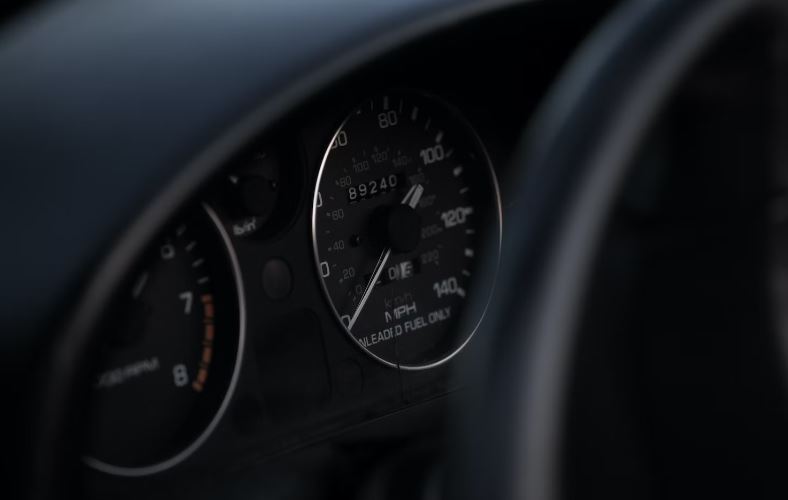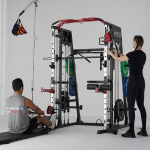Introduction
Becoming a new driver is an exhilarating milestone filled with a mix of excitement and nervousness. The freedom of the open road beckons, but it’s crucial to remember that driving is a serious responsibility. To help you navigate this new journey safely and confidently, we’ve compiled 10 must-know tips for new drivers. That content is created by Car Removals Brisbane.
Understand the Basics of Your Vehicle
Get to Know Your Car’s Controls
Before hitting the road, take some time to familiarize yourself with your car’s controls. Understand how to operate the headlights, windshield wipers, turn signals, and emergency brake. Knowing where everything is and how it works will make you feel more confident and prepared for any situation.
Regular Maintenance Checks
Keeping your vehicle in top condition is essential for safe driving. Regularly check your oil, tire pressure, brakes, and fluid levels. Routine maintenance not only extends the life of your car but also prevents breakdowns and accidents.
Practice Defensive Driving
Stay Aware of Your Surroundings
Defensive driving is all about being aware of what’s happening around you. Keep an eye on other drivers, pedestrians, and cyclists. Anticipate potential hazards and always be prepared to react.
Maintain a Safe Following Distance
A safe following distance gives you enough time to react if the car in front of you stops suddenly. The general rule is to keep at least a three-second gap between you and the vehicle ahead. Increase this distance in poor weather conditions or heavy traffic.
Obey Traffic Laws and Signs
The Importance of Speed Limits
Speed limits are there for a reason. Driving too fast reduces your reaction time, while driving too slow can disrupt traffic flow. Stick to the posted speed limits to ensure your safety and the safety of others.
Understanding Traffic Signals
Traffic signals are crucial for maintaining order on the roads. Pay attention to red, yellow, and green lights, and understand what each one means. This knowledge helps you navigate intersections safely and efficiently.
Avoid Distractions
The Danger of Mobile Phones
Using a mobile phone while driving is one of the biggest distractions. Even hands-free devices can take your focus off the road. Make it a habit to put your phone away before you start driving.
Keep Your Focus on the Road
Eating, adjusting the radio, or even talking to passengers can divert your attention. Keep distractions to a minimum and always keep your eyes on the road and hands on the wheel.
Adjust Your Mirrors and Seat Properly
Mirror Adjustment Tips
Properly adjusted mirrors reduce blind spots and improve your awareness of the surrounding traffic. Adjust your rearview mirror so you can see the entire back window, and side mirrors to minimize blind spots.
Finding the Right Seat Position
Your seat should be adjusted so you can comfortably reach all controls and have a clear view of the road. Ensure your knees are slightly bent when your foot is on the pedals and your back is supported.
Be Prepared for Different Weather Conditions
Driving in Rain
Rain can significantly reduce visibility and traction. Slow down, turn on your headlights, and increase your following distance. Avoid sudden movements and be cautious of hydroplaning.
Handling Snow and Ice
Winter driving requires extra caution. Equip your car with winter tires, keep a safe distance, and avoid sudden braking or acceleration. If you start to skid, steer in the direction you want to go and avoid panic braking.
Know How to Handle Emergencies
What to Do in a Breakdown
If your car breaks down, try to get off the road safely. Turn on your hazard lights, stay in the vehicle if it’s safe, and call for assistance. Keep an emergency kit in your car with essentials like a flashlight, first-aid supplies, and jumper cables.
Responding to Accidents
In the event of an accident, stay calm and check for injuries. Call emergency services and provide accurate information. If it’s a minor collision, move the vehicles out of traffic if possible and exchange insurance information.
Keep Calm and Drive Confidently
Dealing with Road Rage
Road rage can escalate quickly. If another driver is aggressive, don’t engage. Stay calm, avoid eye contact, and don’t respond to provocation. Focus on driving safely and reaching your destination.
Building Driving Confidence
Confidence comes with practice. Start with short, familiar routes and gradually take on more challenging drives. The more you drive, the more comfortable and confident you’ll become.
Understand the Importance of Insurance
Types of Car Insurance
There are several types of car insurance, including liability, collision, and comprehensive coverage. Liability insurance is typically required by law, covering damages to other people’s property and injuries in an accident you cause.
Choosing the Right Coverage
Evaluate your needs and budget when choosing insurance. Full coverage may be more expensive but offers broader protection. Shop around and compare quotes to find the best deal.
Plan Your Routes Ahead
Using GPS Effectively
A GPS can be a lifesaver, but it’s important to familiarize yourself with the route before you start driving. Set your destination before you leave and don’t try to input information while driving.
Benefits of Knowing Your Route
Knowing your route helps reduce stress and allows you to focus more on driving safely. Plan your journey in advance and check for any road closures or traffic updates.
Fuel Efficiency Tips
Maintaining Optimal Speed
Driving at a consistent speed can improve your fuel efficiency. Avoid rapid acceleration and braking, and use cruise control on highways to maintain a steady speed.
Regular Vehicle Check-ups
Regular maintenance can also improve your car’s fuel efficiency. Keep your engine tuned, check tire pressure, and replace air filters as needed to ensure your car runs smoothly.
Parking with Precision
Parallel Parking Tips
Parallel parking can be intimidating, but with practice, it becomes easier. Use your mirrors and practice the S-turn method: align your car with the one in front, back in slowly, and adjust as needed.
Parking Lot Etiquette
Be mindful of others in parking lots. Park within the lines, avoid taking up multiple spaces, and watch for pedestrians. Slow down and be cautious of cars backing out.
Continuous Learning and Improvement
Advanced Driving Courses
Consider taking advanced driving courses to improve your skills. These courses teach defensive driving techniques and how to handle different driving scenarios.
Learning from Experience
Every drive is a learning opportunity. Reflect on your driving experiences, learn from mistakes, and continuously strive to improve your skills.
Conclusion
Driving is a skill that takes time and practice to master. By following these 10 must-know tips, you’ll be well on your way to becoming a safe and confident driver. Remember, the key to successful driving is staying calm, being aware, and continuously learning.
visit: https://www.cashforcarbrisbane.com.au/
FAQs
How can I stay calm during my driving test?
Practice relaxation techniques like deep breathing, focus on the road, and remember that it’s okay to make mistakes. Preparation is key, so practice driving as much as possible before the test.
What should I do if I feel overwhelmed while driving?
If you feel overwhelmed, find a safe place to pull over and take a break. Deep breaths, a short walk, or a drink of water can help calm your nerves before you continue driving.
How often should I check my vehicle’s maintenance?
Regular maintenance checks are essential. Follow your car’s manual for recommended service intervals, but as a rule of thumb, check tire pressure and oil levels monthly and get a professional check-up every 6-12 months.
What are the best ways to avoid distractions while driving?
Keep your phone out of reach, set up GPS and music before you start driving, and avoid eating or engaging in distracting conversations while on the road.
Is it necessary to take advanced driving courses?
While not mandatory, advanced driving courses can be very beneficial. They provide additional skills and knowledge that can make you a safer and more confident driver.





